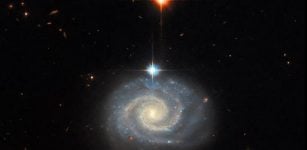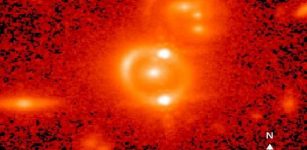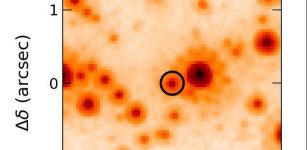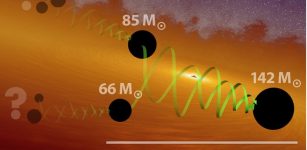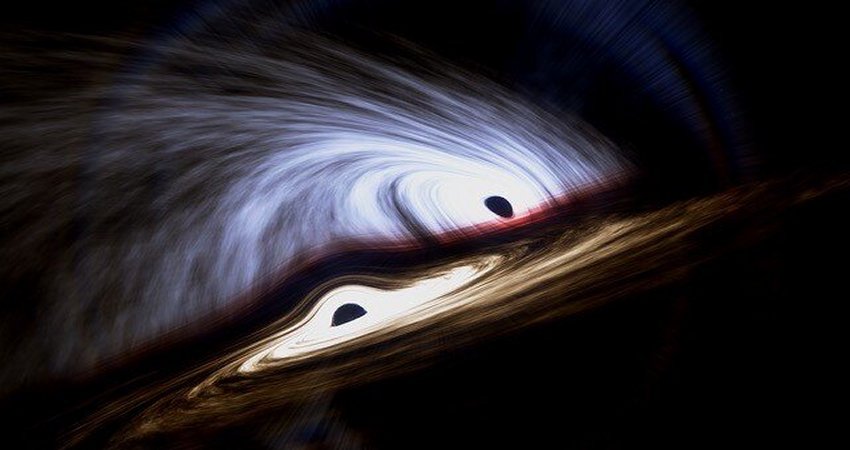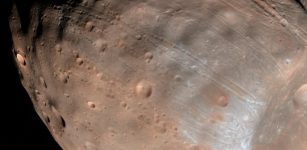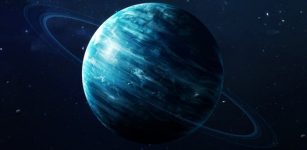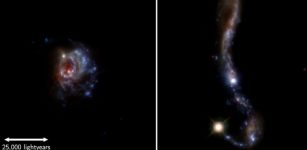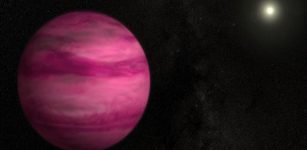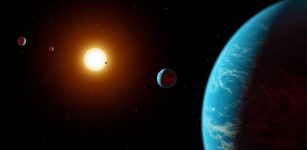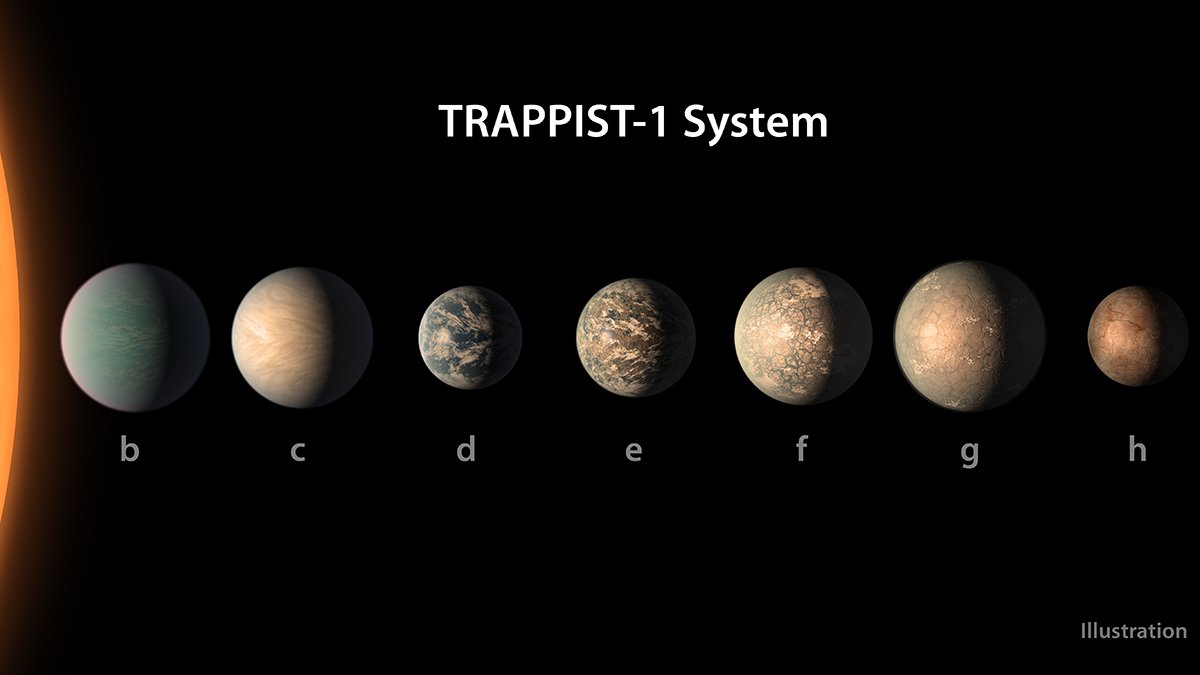
“We are modeling unfamiliar atmospheres, not just assuming that the things we see in the solar system will look the same way around another star,” said Andrew Lincowski, a doctoral student at the University of Washington and lead author of a paper .
“We conducted this research to show what these different types of atmospheres could look like.”
The team found, briefly put, that due to an extremely hot, bright early stellar phase, all seven of the star’s worlds may have evolved like Venus, with any early oceans they may have had evaporating and leaving dense, uninhabitable atmospheres. However, one planet, TRAPPIST-1 e, could be an Earthlike ocean world worth further study.
TRAPPIST-1, 39 light-years or about 235 trillion miles away, is about as small as a star can be and still be a star. A relatively cool “M dwarf” star — the most common type in the universe — it has about 9 percent the mass of the sun and about 12 percent its radius. TRAPPIST-1 has a radius only a little bigger than the planet Jupiter, though it is much greater in mass.
All seven of TRAPPIST-1’s planets are about the size of Earth and three of them — planets labeled e, f and g — are believed to be in its habitable zone, that swath of space around a star where a rocky planet could have liquid water on its surface, thus giving life a chance. TRAPPIST-1 d rides the inner edge of the habitable zone, while farther out, TRAPPIST-1 h, orbits just past that zone’s outer edge.
“This is a whole sequence of planets that can give us insight into the evolution of planets, in particular around a star that’s very different from ours, with different light coming off of it,” said Lincowski. “It’s just a gold mine.
“This may be possible if these planets had more water initially than Earth, Venus or Mars,” Lincowski said. “If planet TRAPPIST-1 e did not lose all of its water during this phase, today it could be a water world, completely covered by a global ocean. In this case, it could have a climate similar to Earth.”
“Our work informs the scientific community of what we might expect to see for the TRAPPIST-1 planets with the upcoming James Webb Space Telescope.”
MessageToEagle.com

